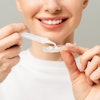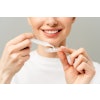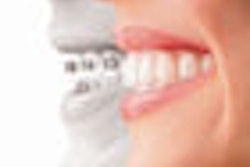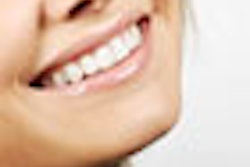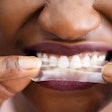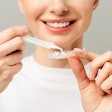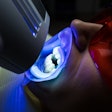Lactobacilli (LB) levels are an important part in making caries risk assessment among children undergoing orthodontic treatment with sectional brackets, according to a new Japanese study (Angle Orthodontist, May 2010, Vol. 80:3, pp. 509-514).
Researchers from the Nippon Dental University in Niigata, Japan, wanted to investigate the caries risk levels in children undergoing orthodontic treatment with sectional brackets. They evaluated 42 children scheduled for orthodontic treatment with sectional orthodontic appliances.
The children were divided into high- and low-risk groups based on decayed, missing, and filled permanent and deciduous teeth scores and counts of mutans streptococci (MS) prior to treatment.
The researchers then noted the salivary flow rate, buffer capacity, MS levels, and LB levels before treatment. They followed up two and four months after appliance placement, and two, four, and eight months after the appliance was removed.
Among the study findings:
- The salivary flow rates, buffer capacity, and MS levels remained statistically unchanged during and after treatment in both groups.
- The levels of LB in the high caries risk group were significantly elevated after the appliance was placed but started to fall almost reaching pretreatment levels after the appliance was removed.
- Levels of LB remained statistically unchanged during and after treatment in the low caries risk group.
"There were no significant differences in salivary flow rate or buffer capacity, but there were significant differences in MS and LB scores between the two groups at every measurement time," the authors noted.
Copyright © 2010 DrBicuspid.com

